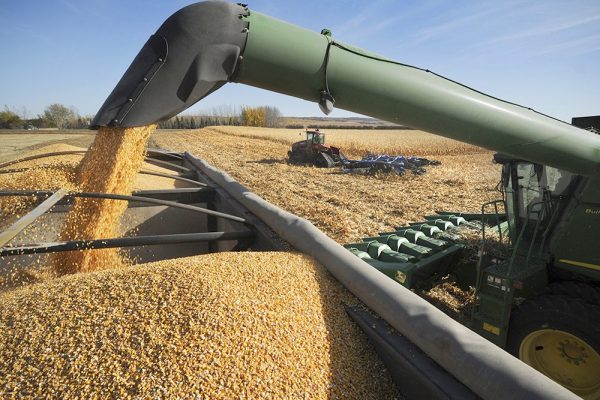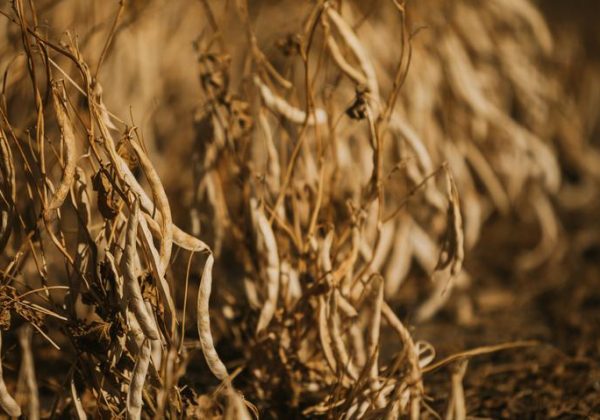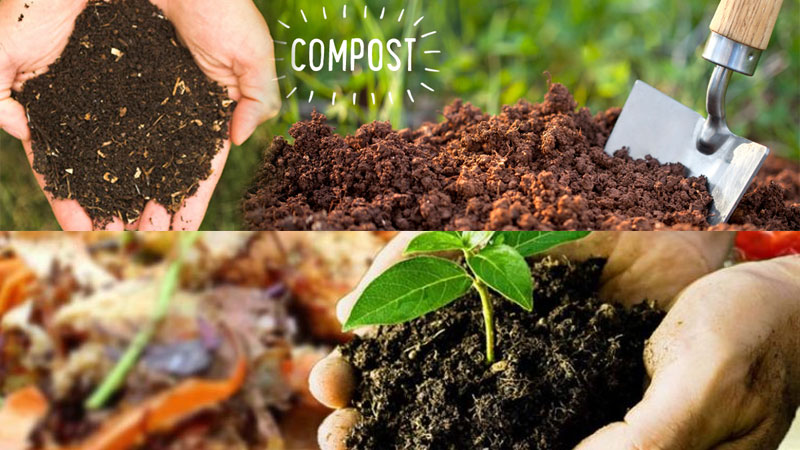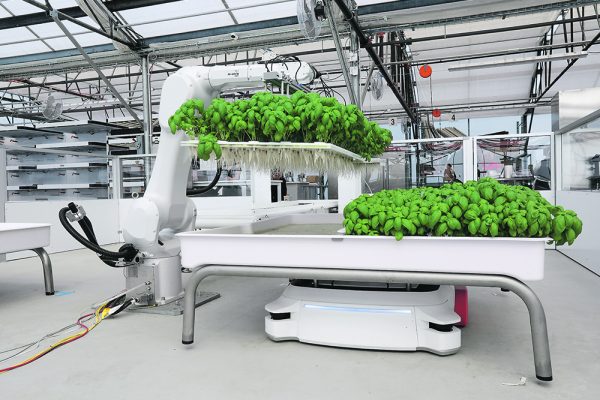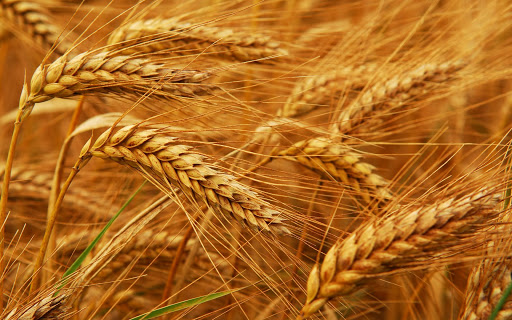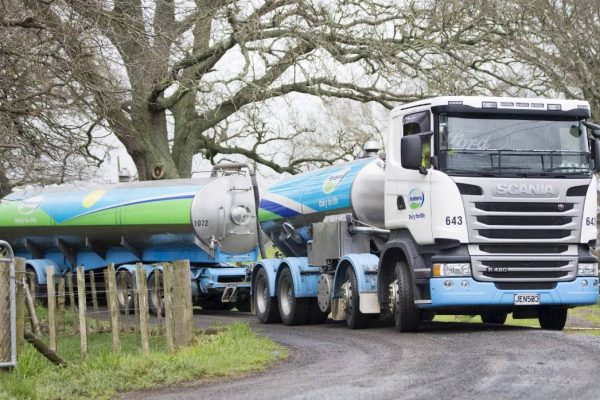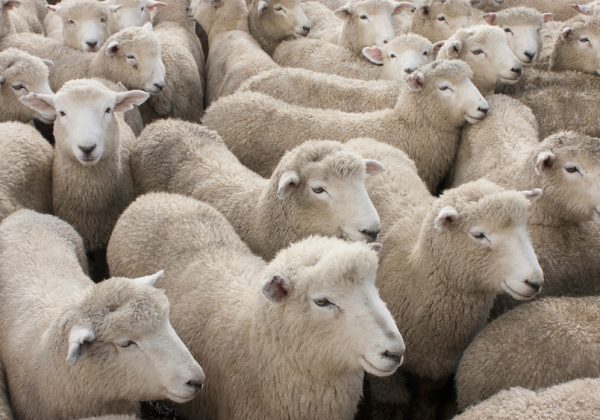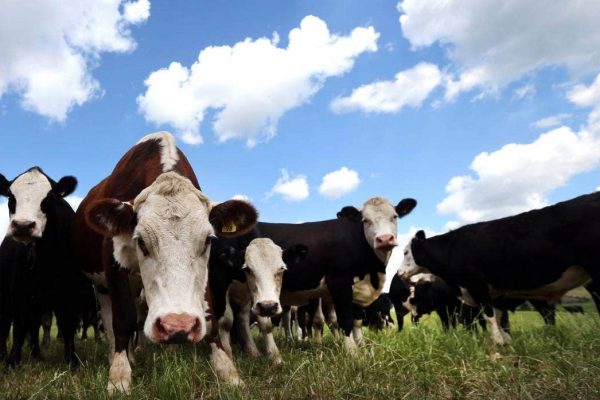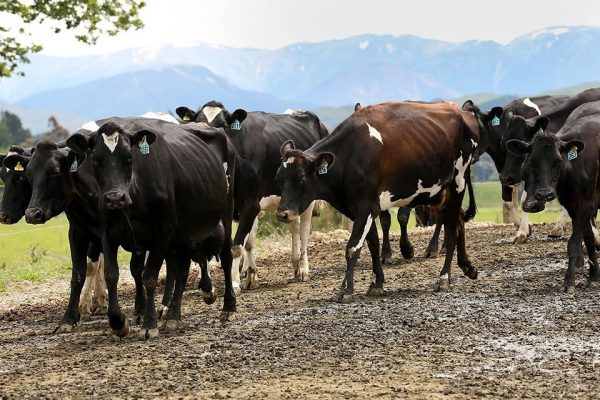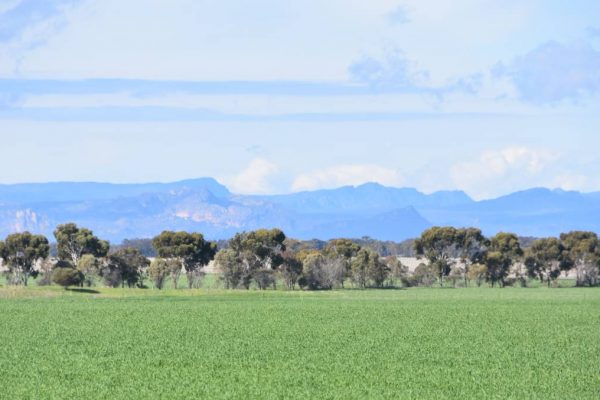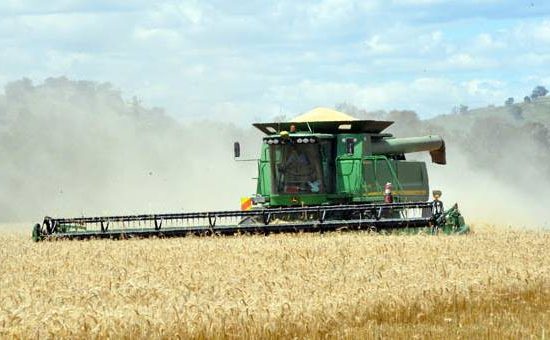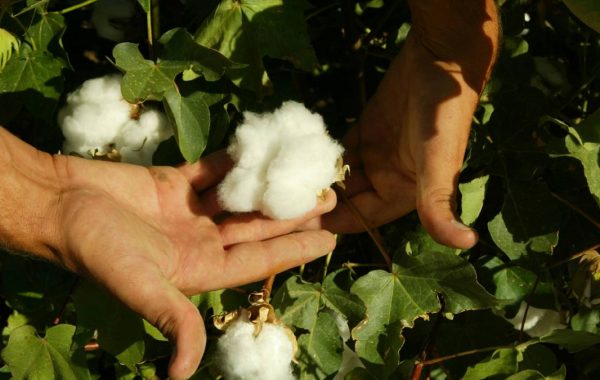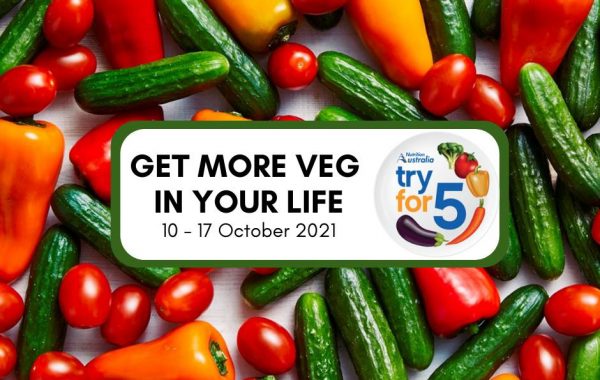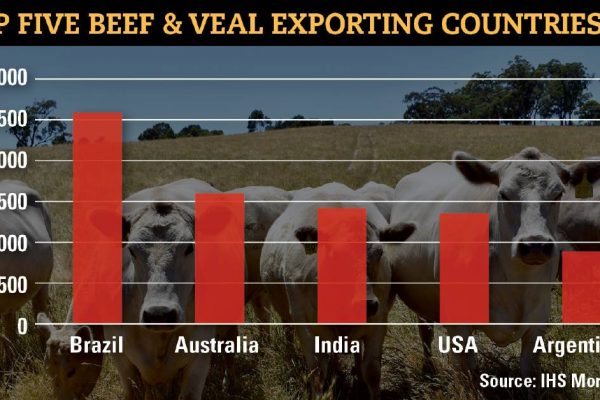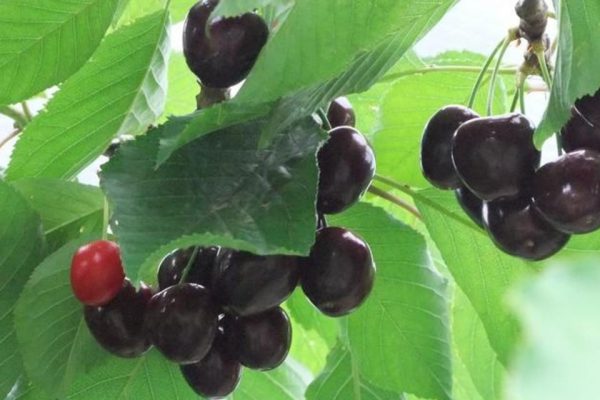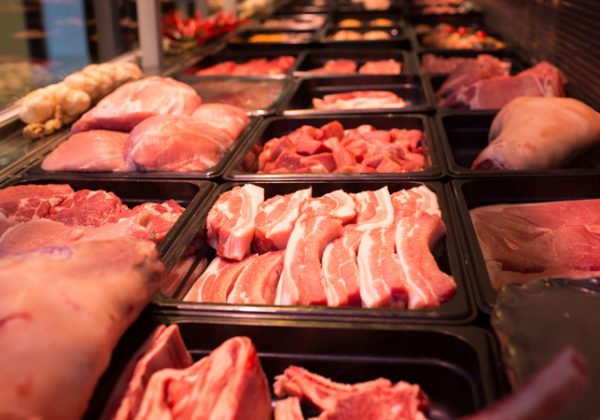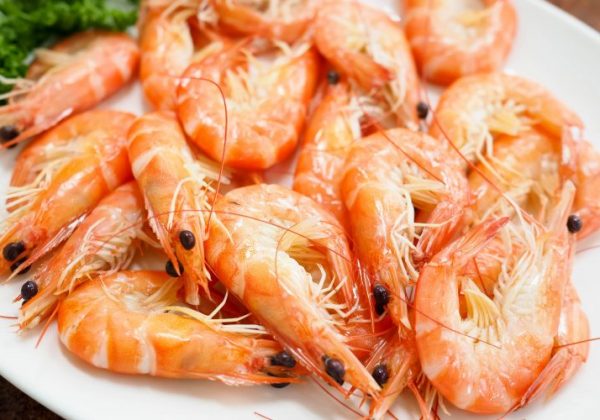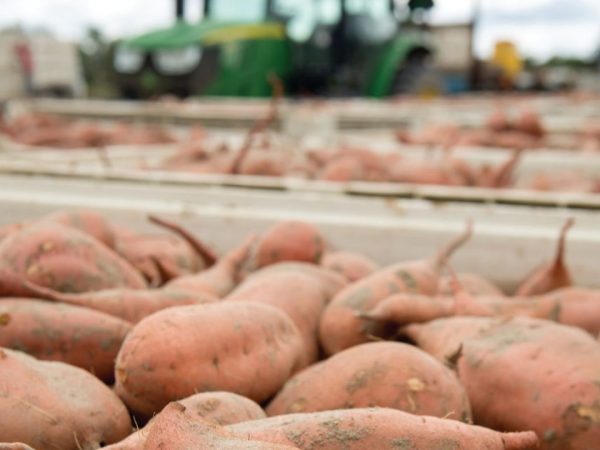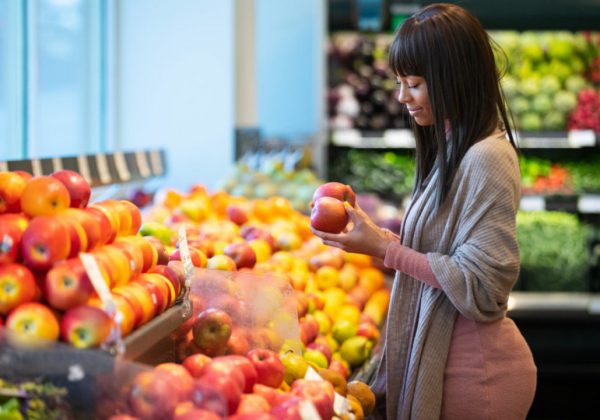USA and Canada

Wheat prices expected to peak this winter
The tightness in high protein wheat markets bodes well for spring wheat prices, but farmers might have to wait until mid-winter to see the peak, says an analyst.
Brennan Turner, chief executive officer of the crop marketing hub Combyne, said this year is reminiscent of 2007-08.
Canada had a similar disappointing level of spring wheat production back then, and export prospects were also about the same.
Prices at the beginning of that year’s campaign were about the same as they are today.
They started to steadily climb when the calendar flipped to 2008, peaking at a whopping US$24 per bu. on Feb. 25 before dropping back down to the $9 level by the end of the year.
Read More…
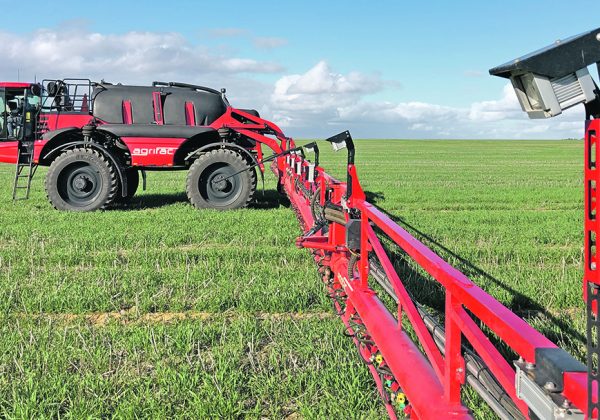
Ag game changing and the intelligence is inside
Artificial intelligence is on the cusp of causing a sea change in agriculture that promises to quickly challenge conventional crop-production and farm management techniques.
Many components required to build autonomous, smart agricultural equipment for vegetable and grain production in North America are already proven technologies.
Sensors including camera, lidar, and radar, as well as components that enable the electrification of machines such as hydraulic pumps, batteries and control systems are also far more available now compared to a few years ago.
Read More
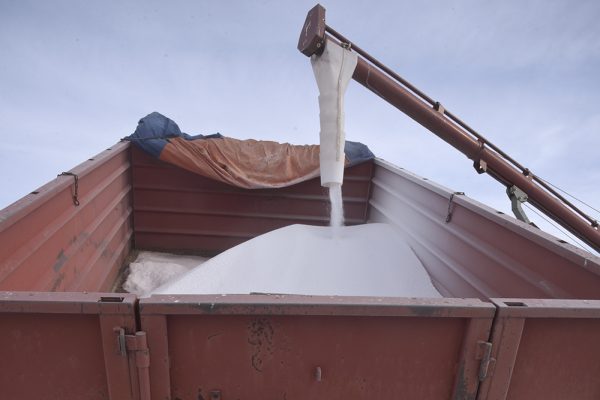
Supply chain problems contribute to fertilizer worries
Matt Conacher has important advice for western Canadian farmers.
“Over the next few months buy a good portion of your fertilizer needs and, if you can, bring it to farm to assure your supply,” said the senior manager of fertilizer with Federated Co-operatives Limited.
All macro-nutrients are in short supply for a variety of reasons, resulting in the highest fertilizer prices in history.
Nitrogen fertilizer production is being curtailed all over the world due to a myriad of factors like sky-high natural gas prices in Europe, a hurricane in Louisiana and energy outages in China.
On top of that, supply chain logistics are a mess.
Read More…

Tough Western Canadian harvest means less grain on the dock in Thunder Bay
The Port of Thunder Bay is feeling the impact of a reduced shipments of Prairie grain as the Western Canadian harvest is suffering through a ten-year low.
Monthly grain loads were down 30 per cent in September, according to the Thunder Bay Port Authority, which said in a news release that this mirrors the estimates by crop analysts of a 30 per cent reduction in crop yields in 2022.
The port authority registered 640,037 tonnes of grain through Thunder Bay last month, down from 935,881 tonnes during September 2020.
The authority said year-to-date grain shipments through Thunder Bay are now five per cent below their five-year average.
Read More..
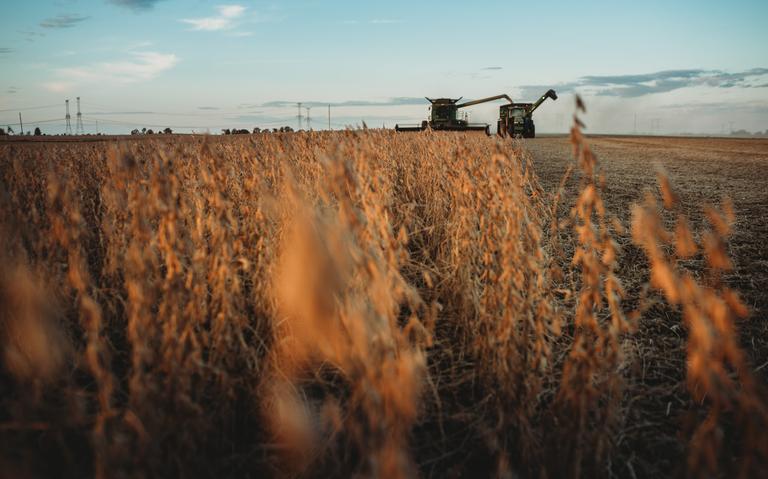
October WASDE holds a mixed bag for the grain markets
The October World Agricultural Supply and Demand Estimates were bearish for the row crop sector but positive for wheat.
The U.S. Department of Agriculture increased soybean yield by nearly 1 bushel per acre over September to 51.5 bushel per acre in the report issued on Tuesday, Oct. 12. The largest production changes are for Iowa, Minnesota and Nebraska. Harvested acres were left unchanged from last month at 86.4 million acres but production was increased to 4.448 billion bushels which was up 74 million bushels from September.
However, with the increase in carry in from the September quarterly stocks that pushed ending stocks to 320 million bushels, which is a 135 million bushels increase.
Read more…
New Zealand

New technology will change the way farming is managed in the future
A Kiwi brought you the electric fence, what future local technology leaps will change the way farming is managed?
Seaweed feed additive can reduce methane production – the future is…almost here
Studies have shown that the red seaweed Asparagopsis can inhibit methane production when given as feed additive to cattle, and it has been hailed as a product that will save the planet.
However, says Johan Svenson, science and group manager for algae and bioactives at the Cawthron Institute, despite media hype about it, this seaweed still needs to be studied at a number of levels and a commercial solution is some way off.
Read More here…

Choosing the right farm animals for your lifestyle block
Just as animals come in all shapes and sizes, so too do the lifestyle blocks they are kept on, and some animals are better suited to smaller blocks up to 10 hectares than others.
With more and more Kiwis pulling up sticks to move to the country, more important than ever is that the right animals are kept on smaller sections.
Kate Brennan is a goat farmer who runs lifestyleblock.co.nz, a website where people can seek advice on the practicalities of a lifestyle block. She says proper research is the key when it comes to finding the right animals for your land.
Read More here…

Market for high-quality sunflower oil creates new opportunity for farmers
Farmers could earn extra money by growing sunflowers as a rotational crop in the summer, new research from the Foundation for Arable Research has found.
Demand for hi-oleic sunflower oil, a quality oil with a high smoke point, was growing. The oil is low in saturated fat and high in monounsaturated fat, the foundation said.
The three-year project, which received $90,000 from the Ministry for Primary Industries Sustainable Farming Fund (now called the Sustainable Food and Fibres Future fund), looked at crop options that could raise profitability and provide alternative land uses.
Read More here

Comparing pasture-raised beef to grain finished beef and a plant-based alternative identified better human health outcomes for the pasture-raised product, just another key outcome from the science that supports NZ farmers
Over the next few weeks I am taking a look at the research New Zealand scientists are conducting to explore the differences between pasture-raised beef and lamb vs grain-fed beef and lamb and indeed alternative proteins.
The first two weeks I am talking with Agresearch scientist Scott Knowles to get an understanding of what the research is all about and what Scott’s particular involvement is.
This research is in four stages. The first compares the nutritional makeup of pasture-raised beef, grain-finished beef, and meat alternatives.
Read more here…
Australia
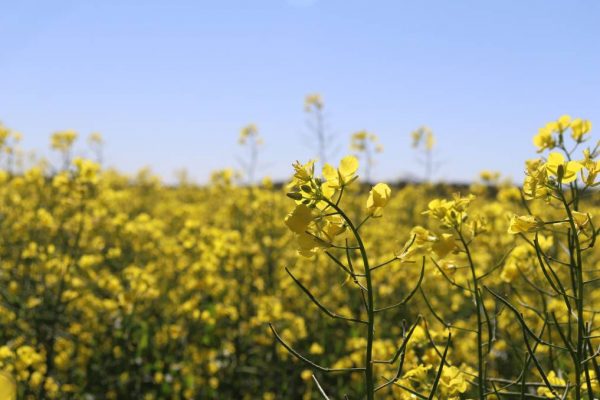
WA farmers enjoy canola fields of gold
CANOLA’S stratospheric rise continues with prices cracking $1000 a tonne.
While prices in four figures have occurred in broadacre crops with smaller overall production, such as lentils and Kabuli type chickpeas, this is a record for a mainstream crop in Australia.
Prices earlier this month touched $1020 a tonne in Western Australia and just crept over the $1000/t mark delivered to crushers on the east coast.
Australian Oilseeds Federation (AOF) executive officer Nick Goddard said the current prices smashed previous highs out of the water.
Using Australian Bureau of Statistics export data, Mr Goddard said the average price was just $579/t as recently as the 2017-18 season.
Read more here…
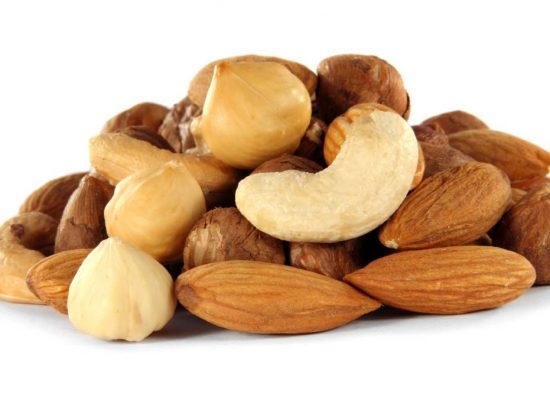
Nut export values plummet but volumes up
AUSTRALIA sent more nuts overseas but got less for them overall in 2020/21.
Rural Bank’s Australian Agricultural Trade 2020/21 report which examines the performance of agricultural exports in the financial year, gave a mixed analysis of Australian tree nut exports.
It said the value of Australian nut exports decreased by 7.9 per cent in 2020/21 despite a significant rise in the volume of exports following increased production across most major growing regions.
A substantial rise in global supply saw the average export price for Australian nuts fall by 27.9pc. Australia exported 130,018 tonnes of nuts in that period.
Read more here…

New peas Taylor made for success
LOST in among the hype surrounding other pulse crops field peas continue to be a quiet achiever in the southern production zone, especially in lower rainfall zones where crops such as lentils are less suited.
Pulse Breeding Australia has released two new varieties set to improve the product offering to field pea producers.
PBA Taylor is a Kaspa type field pea, slightly earlier maturing than the popular Kaspa variety.
The main advantage of the variety is in its strong disease resistance package, with good resistance to both pea seed borne mosaic virus and bean leaf roll virus.
These two viruses are common causes of yield loss in field peas and the resistance package is a key reason why Taylor has consistently been the highest yielding field pea in trials over a range of environments.
Read more here
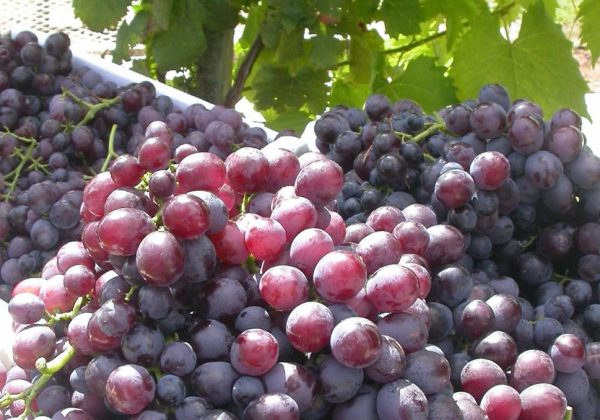
Chinese relations impact table grape and citrus exporters with value drops
TENSIONS with China have hit the Australian table grape export market to the tune of $168.4 million.
While much has been made of the wine sector’s losses due to Chinese tariff increases, the fresh fruit equivalent has experienced the largest decline in export value in 2020/21 of the Australian fruit sector, down 25.8 per cent to $485 million.
The figures were revealed in Rural Bank‘s Australian Agricultural Trade 2020/21 report released last month.
While China remained Australia’s largest table grape export destination, export value to the country declined by 40pc in 2020/21.
Read more here …
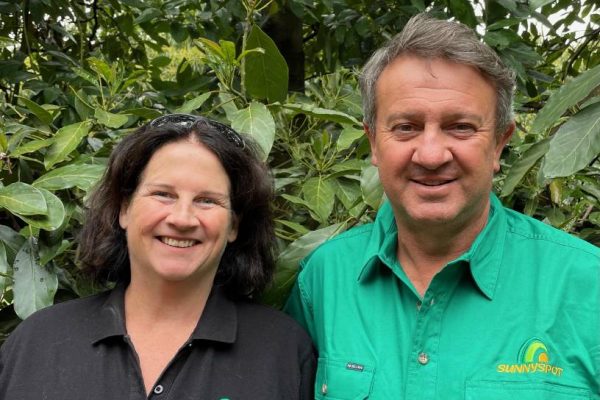
Avocado oversupply is hurting growers
A swathe of new avocado trees coming online across the country combined with good growing conditions and locked down cafes has created an ‘avo-lanche’.
The avo oversupply has driven prices down to $1.10 at some supermarkets.
A swathe of new avocado trees coming online across the country combined with good growing conditions and locked down cafes has created an ‘avo-lanche’.
The avo oversupply has driven prices down to $1.10 at some supermarkets.
Sunnyspot Farms directors Sally and Daryl Boardman, who have 15,000 trees at Ravensbourne, Hampton and Bundaberg, said the situation was tough for growers.
Read more here…
South America
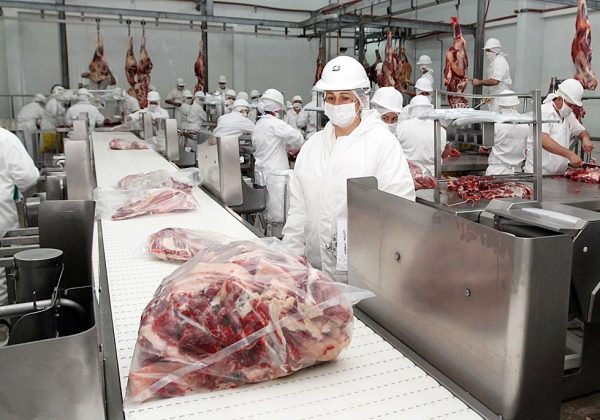
Uruguayan authorities halt second beef shipment to China which failed to meet quality standards
Uruguay’s Agriculture and Livestock Minister Fernando Mattos explained during the weekend that in addition to a batch of Uruguayan beef turned down by China at the port of destination for containing excessive amounts of fat, a similar case had been detected in the port of Montevideo, which was ready to be shipped.
The second batch had been found after Mattos had ordered an enquiry earlier this month on beef shipments from the Frigorífico Rosario processing plant which had already failed to meet the required quality standards.
“We confirmed that non-compliant merchandise, which was detected in China, was also found here in Montevideo,” said Minister Fernando Mattos at a press conference at Expo Melo in Cerro Largo this weekend.
Read More here…
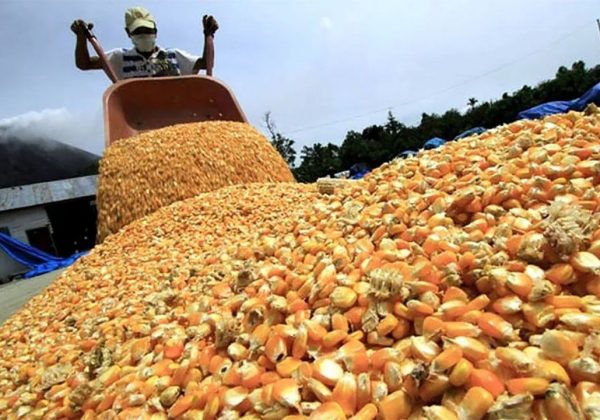
Argentine government slaps more controls on corn exports
Argentina’s Agriculture Minister has decided to up the number of requirements and restrictions on corn exports after the sector reached the exportable balance of 38.5 million tons, it was reported.
Corn producers and exporters complained additional requirements, restrictions and paperwork were set in place for the clearance of their goods to be shipped abroad amid rumours which ranged from an increase in export taxes to a ban -or cap- on international sales.
“Last week more than two million tons were anticipated. It is intended to order the last section of the year. Exports will not be closed, but more data will be requested,” Agriculture Minister sources told the media.
Argentina is “at the limit in the supply” of corn, it was also reported.
Read More here
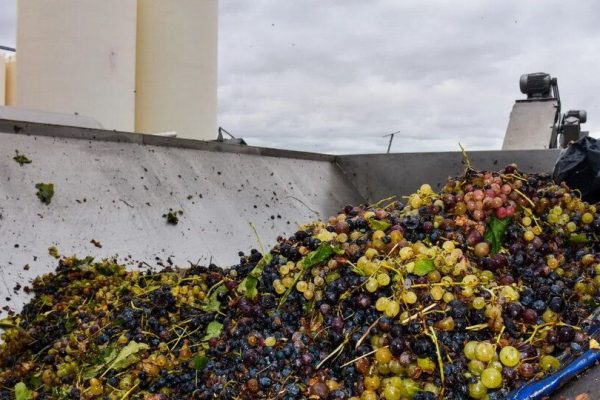
Maritime transport crisis affects Catamarca exports of must
Export of Argentine must through the San Francisco Path to Chile from the province of Catamarca have to wait due to the international logistics scenario, it was reported Thursday.
Faced with this situation, provincial authorities were said to be looking for an alternative, which will most likely be the port of Buenos Aires.
Catamarca’s Director of Provincial Exchange Gabriel Molina explained “what is happening in the world is that there are closures of the main ports, there are no containers available, you cannot get reservations in the ports of the Chilean sector, there is a complication in the shipping companies”.
Read more here
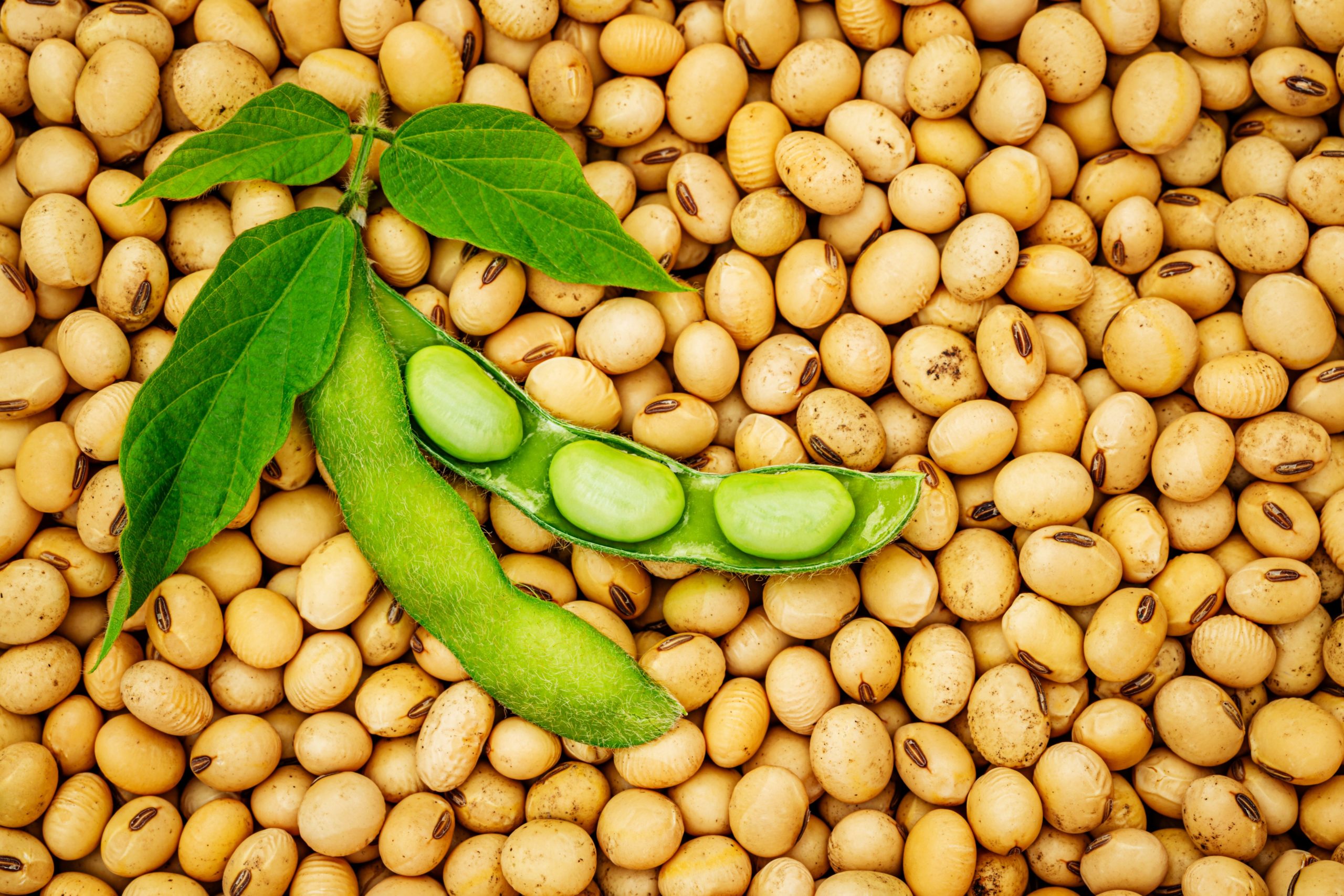
BRAZIL’S 2021/22 SOYBEAN PLANTING REACHES 10%, AGRURAL SAYS
SAO PAULO, Oct 11 (Reuters) – Planting of Brazil’s 2021/22 soybean crop reached 10% of the estimated area as of Oct. 7, up six percentage points from the previous week and compared to 3% in the same period of 2020/21, agribusiness consultancy AgRural said on Monday.
The sowing was boosted by rain in a large portion of the country, and Mato Grosso and Parana, the major grain-producing states, led the planting progress, AgRural said.
“There was rainfall in a large part of Brazil last week, which favored fieldwork in regions where the planting was already advanced and also allowed the sowing to start in regions where producers were waiting for better humidity conditions,” AgRural said in a statement.
Read more here…
Food Updates
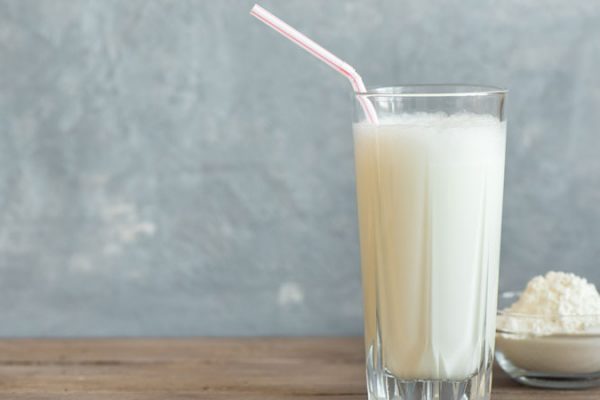
Whey protein transformation: looking to solve waste in the dairy industry
Global consumption of dairy products – and particularly milk products – is increasing, escalating the dairy industry’s production of waste. Here, food expert Evita Achmadi reflects on how we can turn by-product into value product.
According to USDA data, world milk consumption was approximately 190 million tons in 2020. India ranks top of this list, with 81 million tons of milk consumed last year – a figure which is expected to rise to around 83 million tons in 2021. The European Union (EU) comes next with 33.4 million tons, followed by the US with 21.2 million tons.1 This rise in milk consumption has encouraged growth in the dairy industry as well as the generation of more waste – the most significant of which is whey, given that this liquid by-product of cheese processing is already integrated into food products.
Read more here…

60 percent of Brits keen to grow food at home, says Samsung research
Electronics giant Samsung hopes that connected technology can enable more Brits to grow their own produce at home as it launches the UK’s first urban-farm-to-table pizzeria.
Samsung has today released research which shows that millions of Brits living in towns and cities across the UK are keen to start growing their own food. The findings reveal that 60 percent would like to grow their own produce at home, but it’s Gen Z urbanites who are proving themselves to be the next green-fingered generation, with almost three quarters (72 percent) of 18-24 year olds tending to mini crops or plants on windowsills (23 percent) and bedrooms (20 percent).
Read more here…

Arla Foods Ingredients open new innovation centre in Denmark
The ingredients arm of food manufacturing giant Arla Foods says the new innovation centre will enable it to “bridge the gap” between research and manufacturing sustainable food.
Arla Foods Ingredients (a subsidiary of Arla Foods) has opened a new Innovation Centre, which it says aims to step change cutting edge technology and the development of new solutions within a wide range of specialised dairy and whey ingredients to meet the fast-growing global demand for nutritious and sustainable food.
The Innovation Centre will be the new home for the company’s own international scientists and innovators and will bridge the gap for world class research, clinical trials and collaboration across the globe.
Read more here…

“Analyse the data” – top food chain actors urge Farm to Fork rethink
The group of European food chain organisations has urged the European Commission to rethink the Farm to Fork strategy so as not to destabilise the continent’s food supply.
A consortium of top agricultural organisations including Copa Cogeca, Fertilizers Europe, and the European Landowners Organisation have come together to question the cost of the European Commission’s Farm to Fork strategy on European farmers.
The group claims that several recently published studies on the Farm to Fork strategy indicate that the current targets, if implemented as proposed, will come at a considerable cost for EU farmers and the viability of the entire European agribusiness sector.
Read more here…

USDA hands out funding for National Institute for Cellular Agriculture
It’s hoped the funding will help elevate the US to a position of leadership within the cultured protein sector, which is seen a key solution to reducing the climate impact of the food industry.
The US Department of Agriculture will award Tufts University $10 million over five years to establish the National Institute for Cellular Agriculture: a flagship American cultivated protein research centre of excellence.
USDA awarded the grant as a part of a $146 million investment in sustainable agricultural research projects announced by USDA Secretary Tom Vilsack on 6 October. This investment is being made by USDA-NIFA’s Agriculture and Food Research Initiative’s (AFRI) Sustainable Agricultural Systems program — the nation’s largest competitive grants program for agricultural sciences.
Read more here…


























